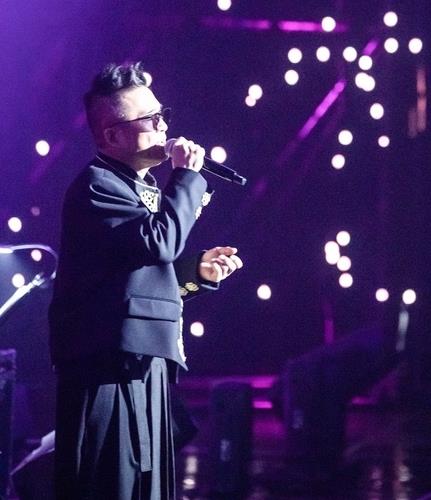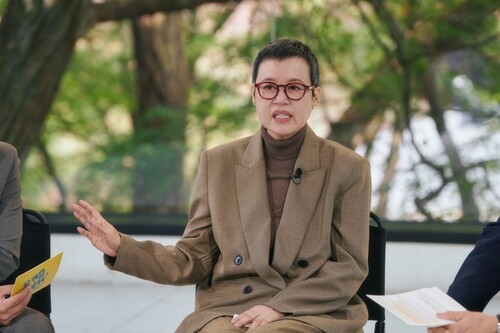(News Focus) S Korea-arms export
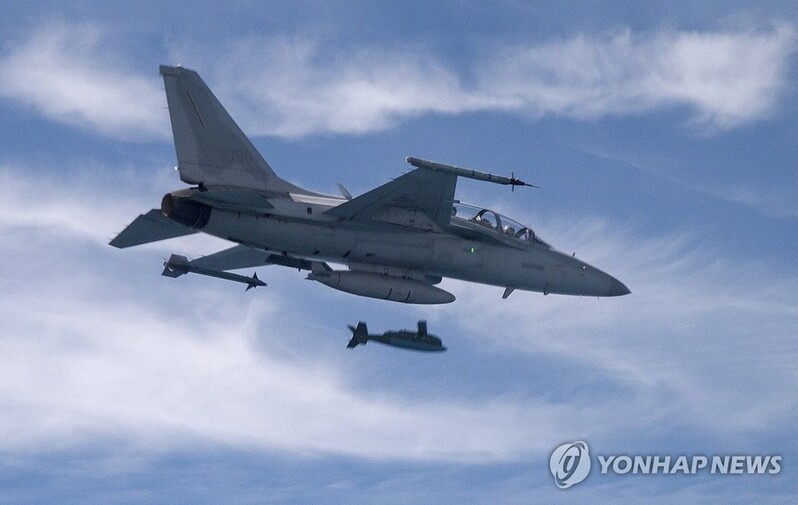 |
| ▲ A FA-50 light attack aircraft launches an air-to-ground missile during aerial drills over the Yellow Sea on Aug. 31, 2023, in this photo provided by the Air Force. (PHOTO NOT FOR SALE) (Yonhap) |
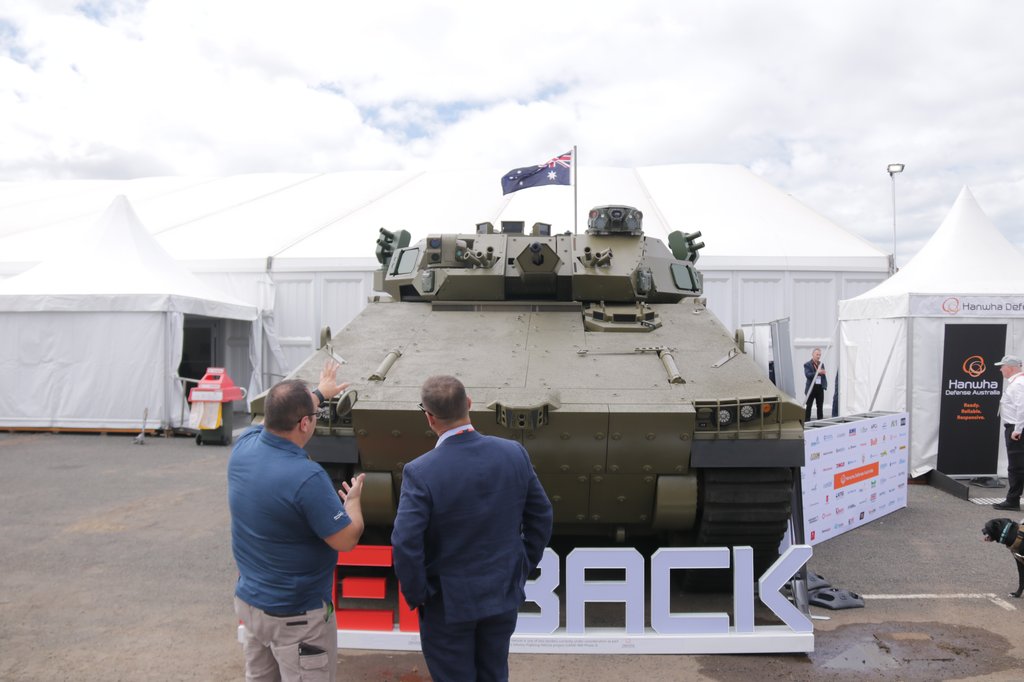 |
| ▲ Hanwha Aerospace's Redback armored vehicle is displayed during a defense industry exhibition at Avalon Airport in Australia on March 2, 2023. (Yonhap) |
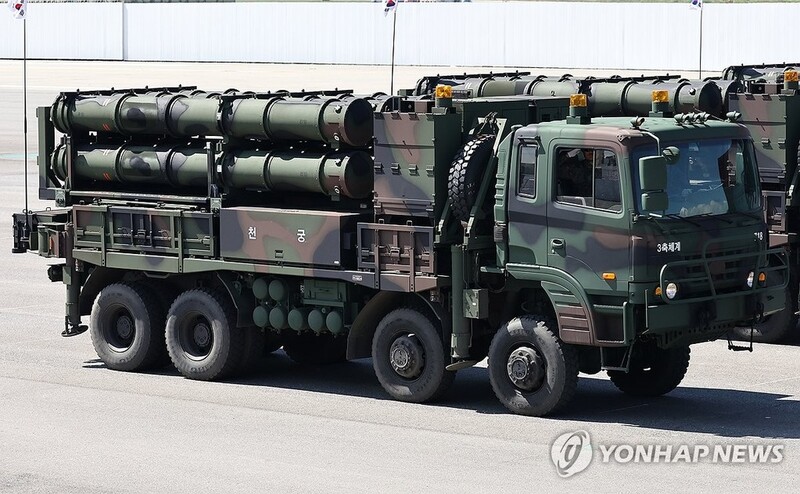 |
| ▲ The Cheongung II air defense system, made by Hanwha Aerospace, attends a rehearsal for the 75th Armed Forces Day ceremony at Seoul Air Base in Seongnam, south of Seoul, on Sept. 26, 2023. (Yonhap) |
(News Focus) S Korea-arms export
(News Focus) S. Korea aims to make deeper foray into global defense market
By Kim Eun-jung
SEOUL, Nov. 24 (Yonhap) -- South Korea is seeking to expand its foothold in the global arms market following a significant leap last year, capitalizing on increased demand for weapons driven by geopolitical conflicts in Europe and the Middle East, as well as an assertive China.
South Korea emerged as one of the most prolific arms exporters last year, achieving record-breaking weapons exports of $17.3 billion, sharply up from $7.25 billion in 2021, according to the defense ministry.
Behind the boom was Poland, which signed $13 billion worth of deals with Korean firms to buy K-2 tanks, K-9 self-propelled howitzers, FA-50 light attack aircraft and K-239 Chunmoo multiple rocket launchers as it looks to bolster its defenses in the wake of the Russia-Ukraine war.
Industry watchers say South Korea is well poised to tap into the European market beyond its major clients in Southeast Asia and the Middle East with robust production lines of cutting-edge, cost-effective military equipment compatible with the U.S. and NATO system.
"Amid a hike in global arms demand triggered by the prolonged Russia-Ukraine war, emerging players, like South Korea, are benefiting from the declining arms industry of Russia, the world's No. 2 exporter," said Shim Soon-hyung, a researcher at the state-run Korea Institute for Industrial Economics & Trade.
Building on the momentum from last year's success, local defense suppliers struck new deals earlier this year or are expected to sign agreements in the near future.
In February, Korea Aerospace Industries (KAI) clinched a 1.2 trillion-won (US$920 million) contract to sell 18 FA-50 light attack aircraft to Malaysia, its fourth overseas sales following deals with Indonesia, the Philippines and Thailand.
In July, Hanwha Aerospace's Redback infantry fighting vehicle was chosen as the preferred bidder for Australia's acquisition program worth $12 billion.
If finalized, it would mark Hanwha's second export to Australia following a 2021 deal for K-9 self-propelled howitzers, which are in service in nine countries, including Turkey, Poland and India.
South Korea is also reaching out to new customers in the Middle East amid renewed security concerns in the wake of the Israel-Hamas conflict.
Following LIG Nex1's sales of surface-to-air missile system, called Cheongung II, to the United Arab Emirates in 2021, the Korean firm has been in the final rounds of negotiations with Saudi Arabia for a big supply deal for the air defense system, according to local reports.
Another promising area is the expanding naval ship market as South Korea is one of the few countries capable of building 3,000-ton submarines and Aegis-system equipped destroyers.
Hanwha Ocean, whose predecessor Daewoo Shipbuilding & Marine Engineering Co. first exported submarines to Indonesia in 2011, has been pitching offers to build submarines to Canada, the Philippines and Poland, which are expected to replace their old fleets of submarines.
HD Hyundai Heavy Industries Co. is seeking to leverage its capability to independently design and build Aegis destroyers of over 7,000 tons to expand its export territory beyond Southeast Asia, eyeing markets in North America and Europe.
Industry officials say increased overseas sales could reduce per-unit costs and open up business opportunities in the maintenance, repair and overhaul market in the long term, a boon for South Korea's goal of becoming the world's fourth-largest arms exporter by 2027.
But challenges remain as big weapons deals require comprehensive financial packages, sometimes backed by the government, and need to seize the right geopolitical moment.
South Korea has been negotiating a second round of contracts estimated to be worth 30 trillion won with Poland to sell additional military equipment, but local suppliers worry a lack of financial support and change of the Polish government following last month's elections could stymie the mega deal.
As the state-run Export-Import Bank of Korea is unable to provide loans and guarantees for the proposed sales after hitting its upper limit from last year's contracts, five Korean banks have been in negotiations to provide a syndicated loan worth $2.7 billion in an initial stage of support, according to industry sources.
"We are closely monitoring the funding plan and political situation in Poland to figure out its implication on our supply deal," a local defense company official said, asking for anonymity.
(END)
(C) Yonhap News Agency. All Rights Reserved












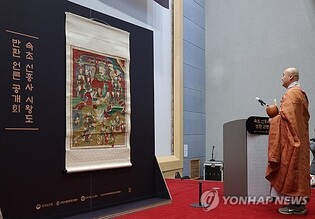


![[가요소식] 조항조, 새 싱글 '아버지란 그 이름' 발표](https://korean-vibe.com/news/data/20251116/yna1065624915927473_582.jpg)

